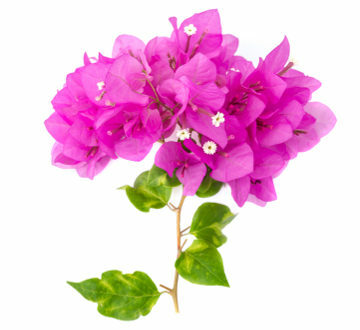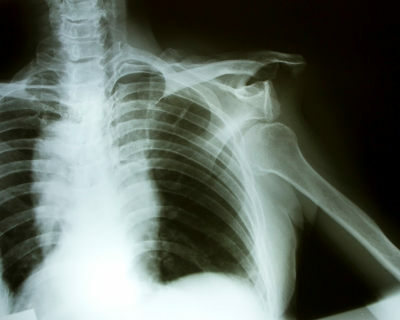As we know, fungi play an excellent role in recycling organic substances from the environment. Such ability can be seen by some people, in certain cases, as a disadvantage - already that these can, for example, contaminate stored cereals or destroy leather and wood. Furthermore, the fact that they are the causative agents of mycoses, allergies, and plant rust, mean that these organisms are not always seen with so much sympathy.
This article aims to point out the, let's say, “good side” of these heterotrophic beings, phylogenetically closer to animals than to plants.
Individuals of the Penicillium genus, for example, are capable of producing substances that act on the sense of fighting certain bacteria, such as those causing tuberculosis, syphilis, meningitis and gonorrhea. This one, discovered in 1928 by Alexandre Fleming, is considered by the oldest doctors as the greatest miracle of medicine, as it was able to treat several diseases that, until then, were considered incurable.
On the other hand, species belonging to the genus Aspergillius can help in the manufacture of progesterone and citric acid; and in the making of certain types of cheese, such as Roquefort and Camembert. Thanks to this group, sake, miso and tofu were able to be part of the menu of many people around the world. Champignons, very appreciated in cooking, including in vegetarian cooking, belong to the Agaricus genus and are very rich in proteins.
Yeasts, unicellular fungi, can be useful in the manufacture of alcoholic beverages, such as beers and wines (genus Saccharomyces), and also in the baking processes, causing an increase in the mass of breads.
Several vascular plants have a symbiotic relationship with fungi in their roots. This association – mycorrhiza – provides a better absorption of nutrients and water by the plant, which, in exchange, provides energy and carbon to these organisms.
Still on ecological relationships, we cannot leave out the lichens: mutualistic associations between algae, mainly cyanophyceae, and some species of fungi.
Certain types of lichen can be useful as food sources, or even in the manufacture of dyes, such as litmus paper (used to measure the pH of substances). Furthermore, they can fix nitrogen; are bioindicators of the quality of the environment and play a key role in ecological succession, as they provide the arrival of other organisms in the environment, by degrading rocks, assisting in the formation of the soil and occupying the environment as beings pioneers.
Do not stop now... There's more after the advertising ;)
By Mariana Araguaia
Graduated in Biology
Would you like to reference this text in a school or academic work? Look:
ARAGUAIA, Mariana. "Importance of Fungi and Lichens"; Brazil School. Available in: https://brasilescola.uol.com.br/biologia/fungos.htm. Accessed on June 27, 2021.


